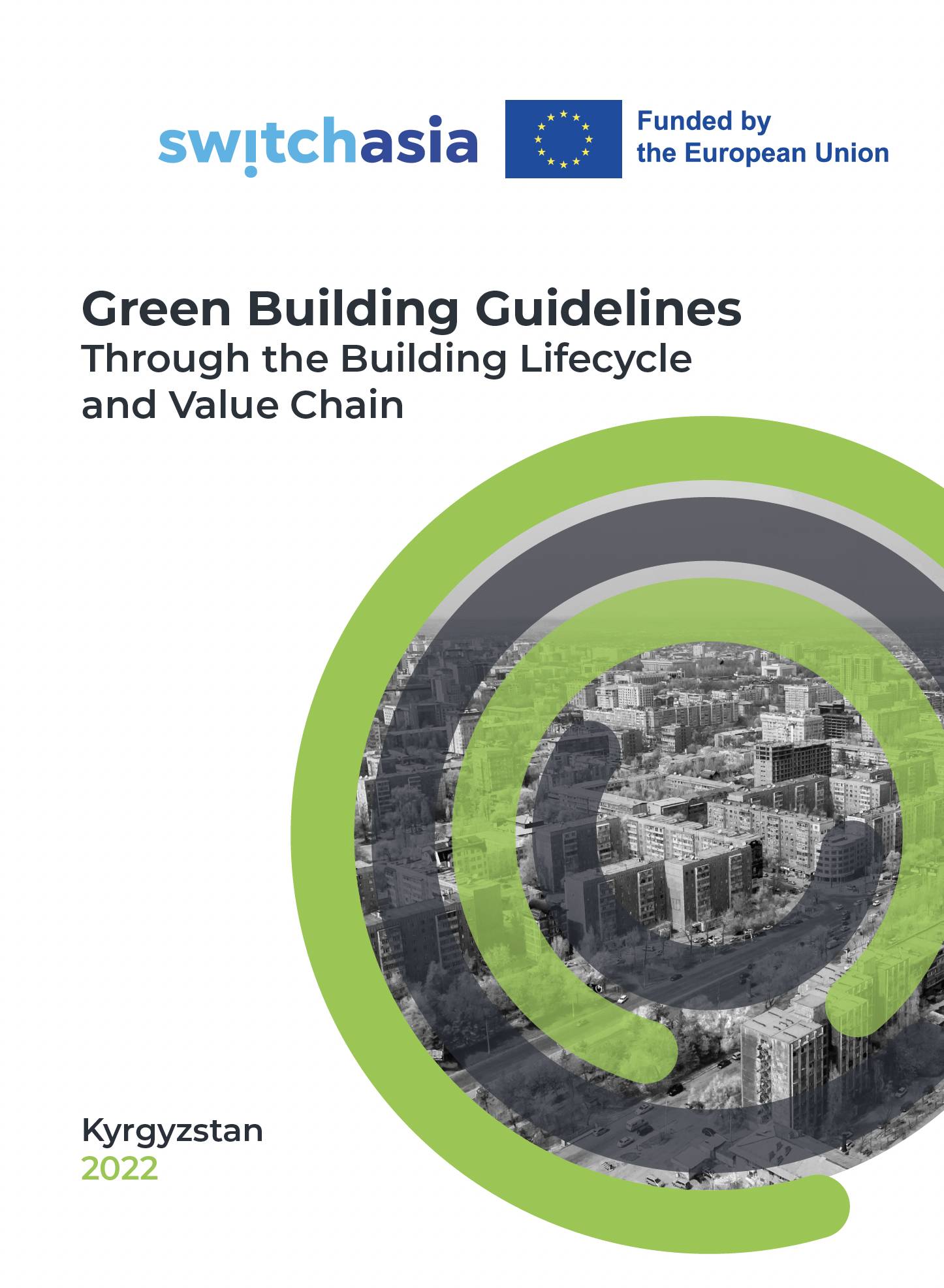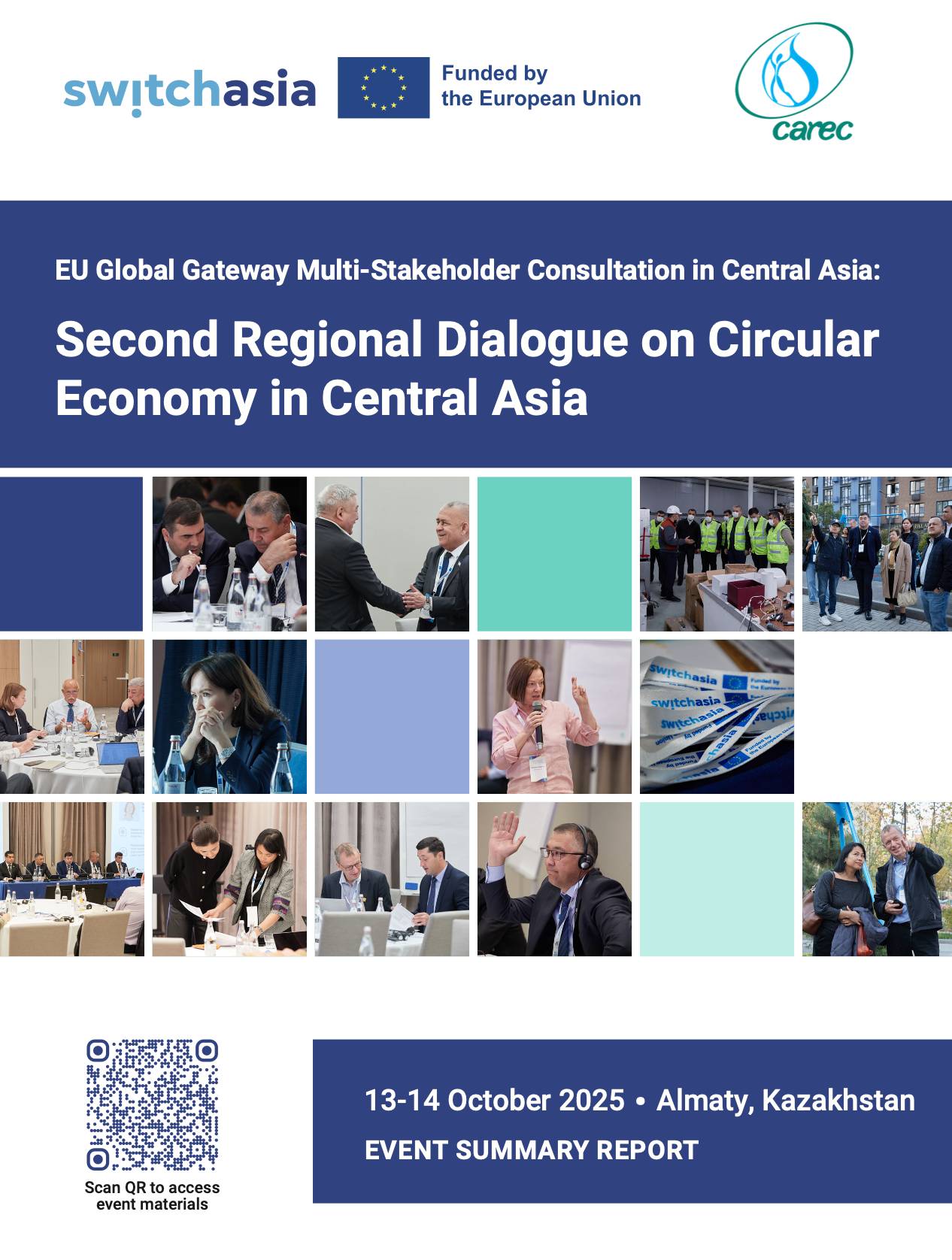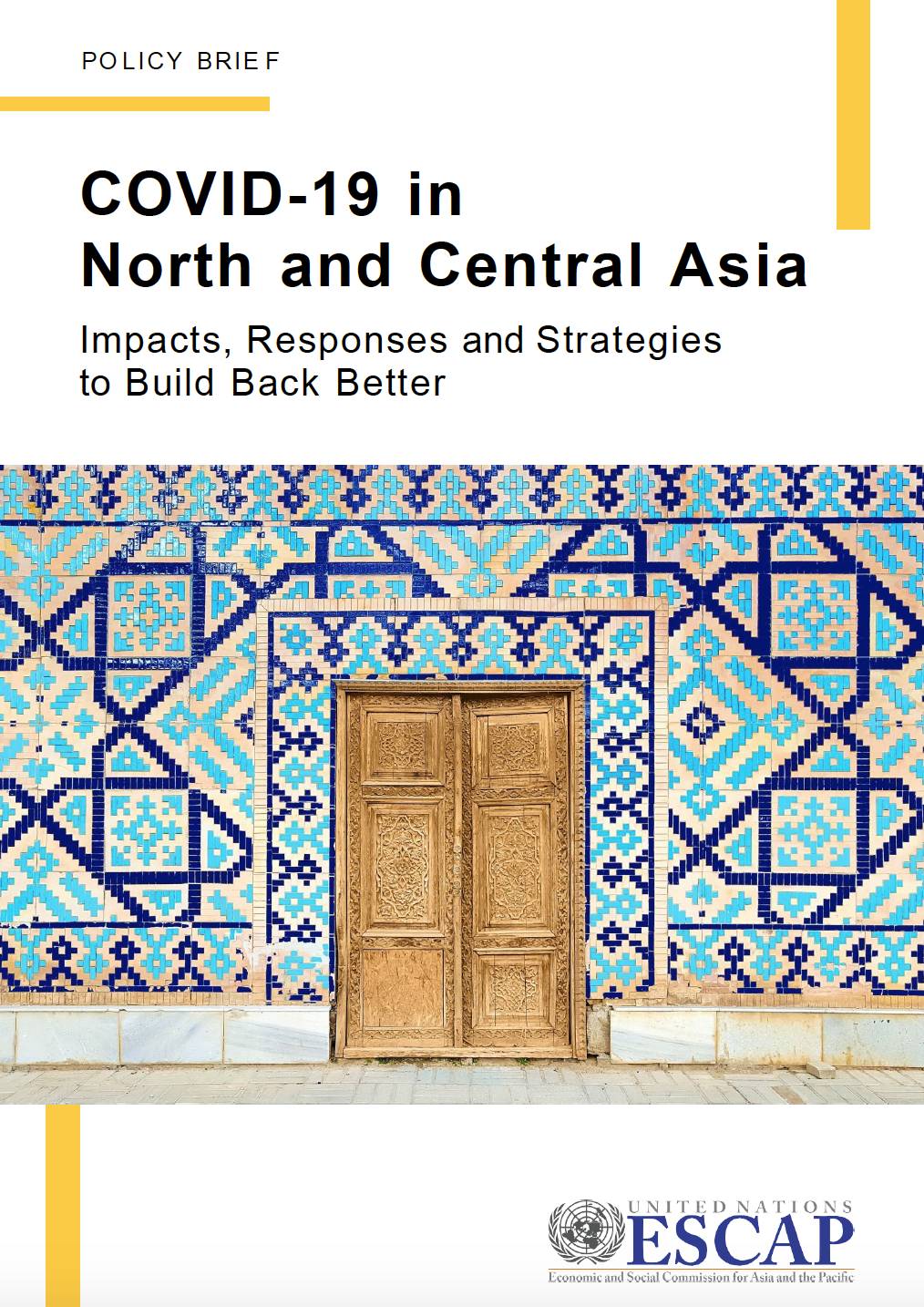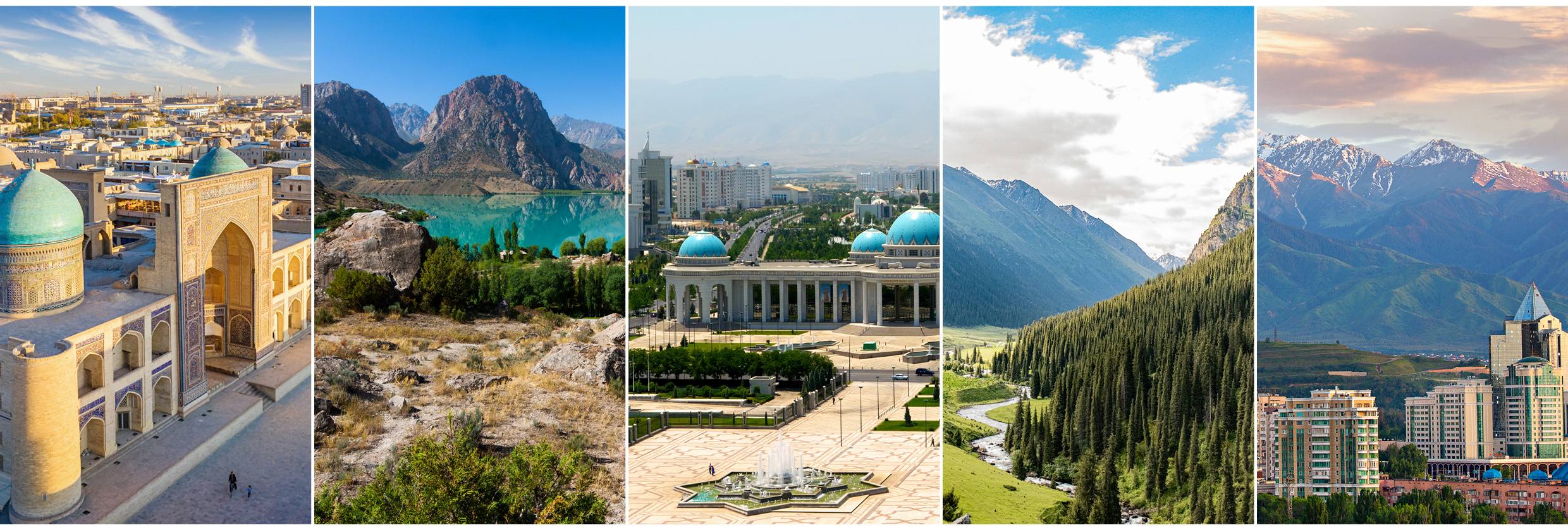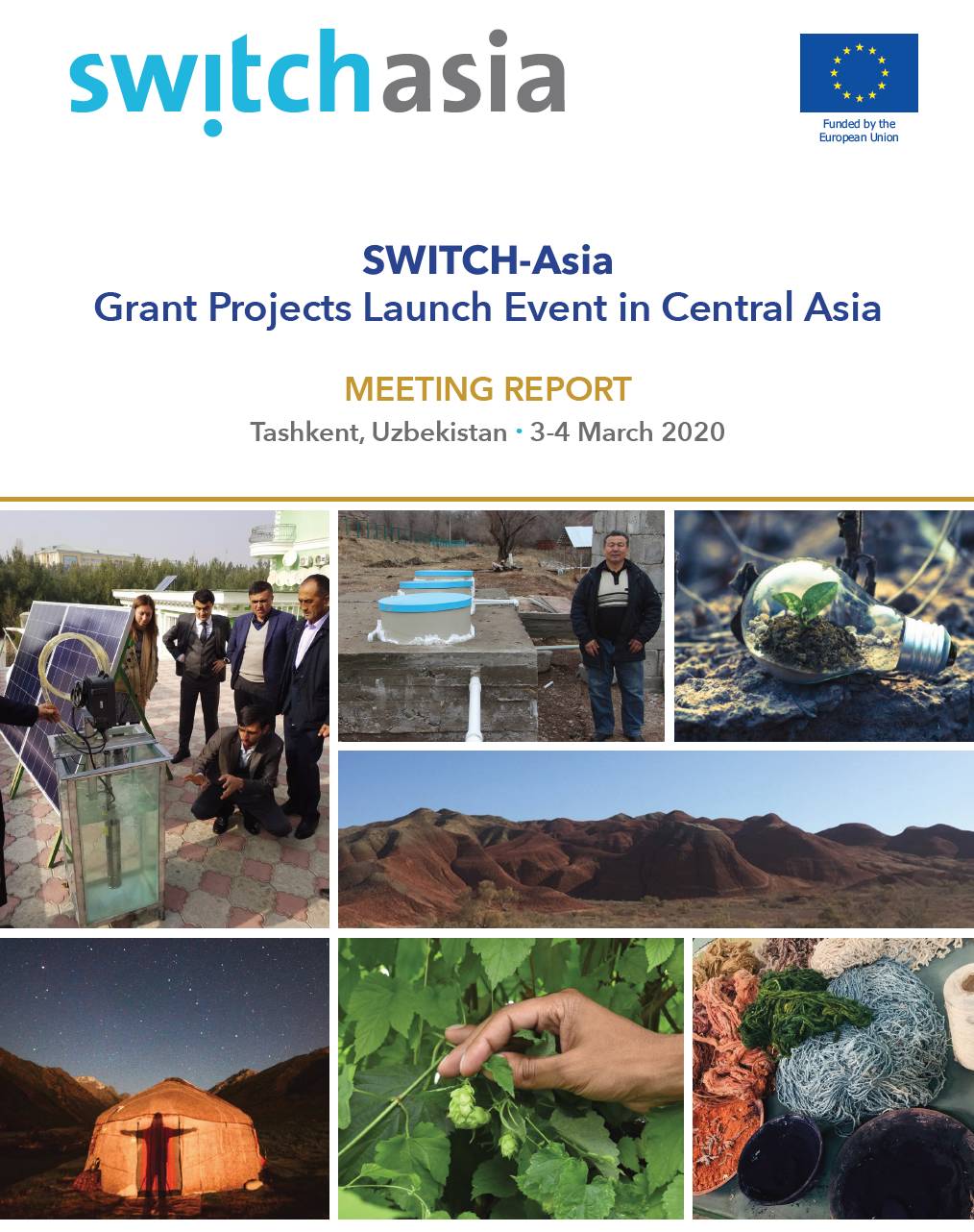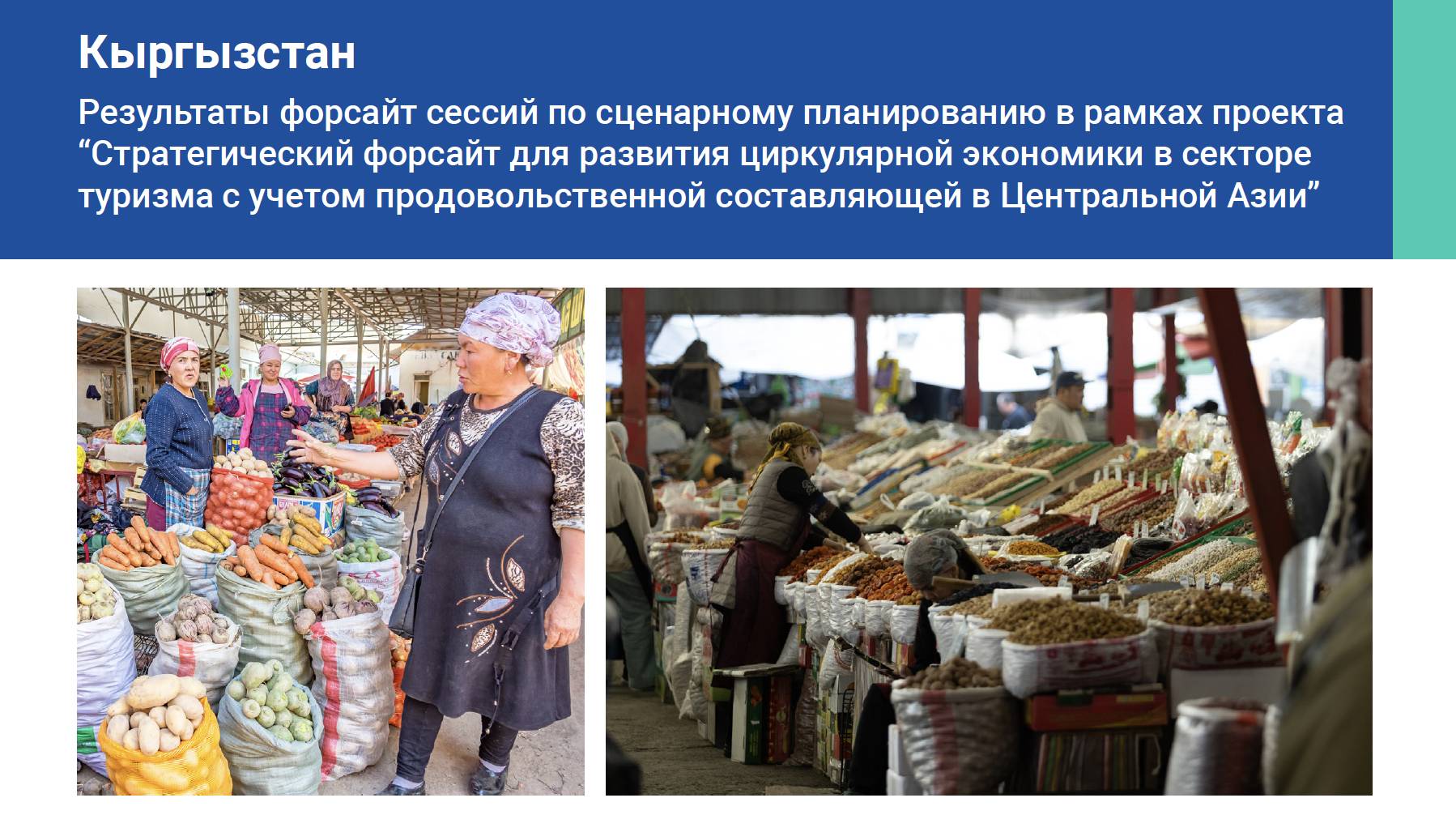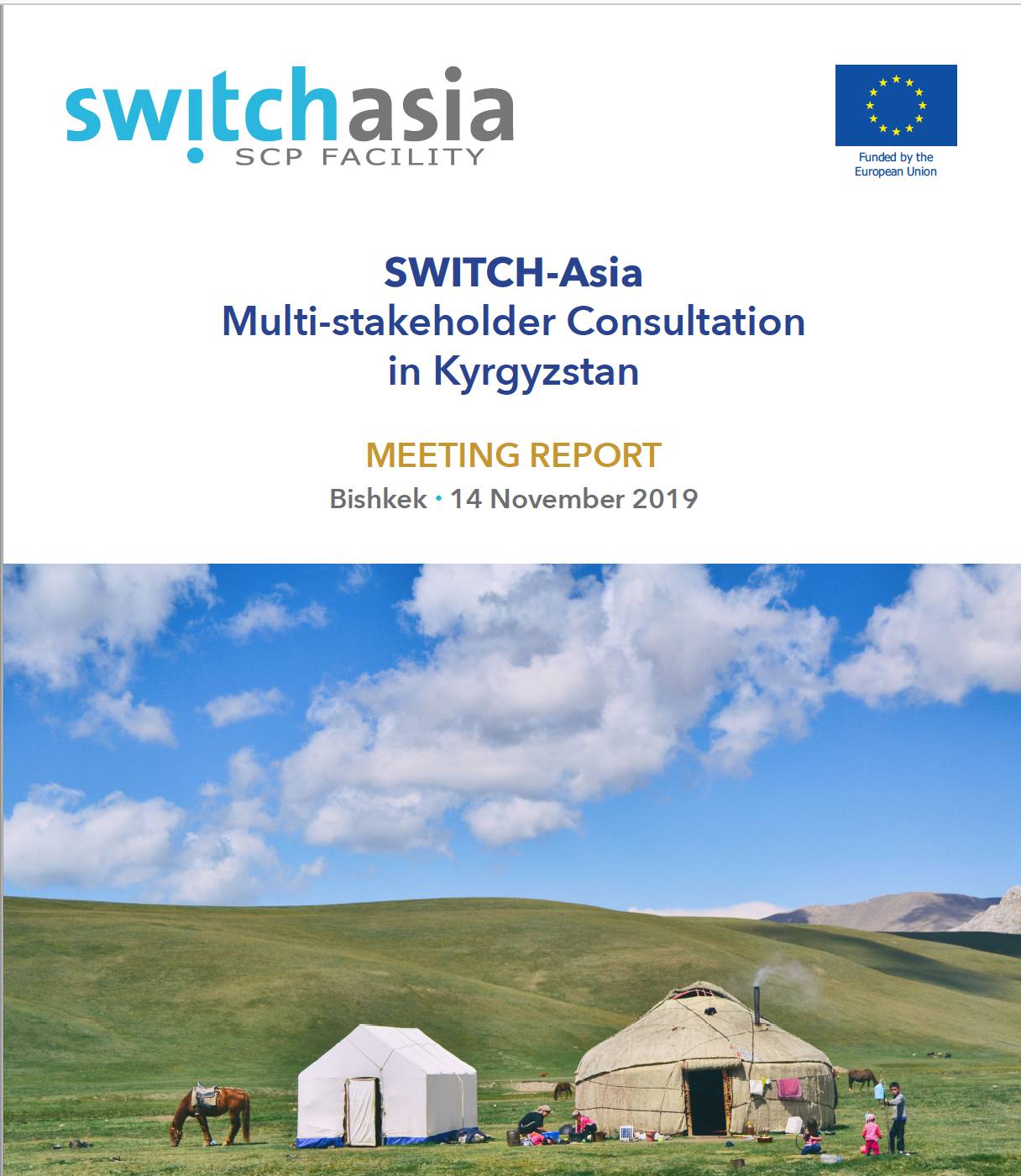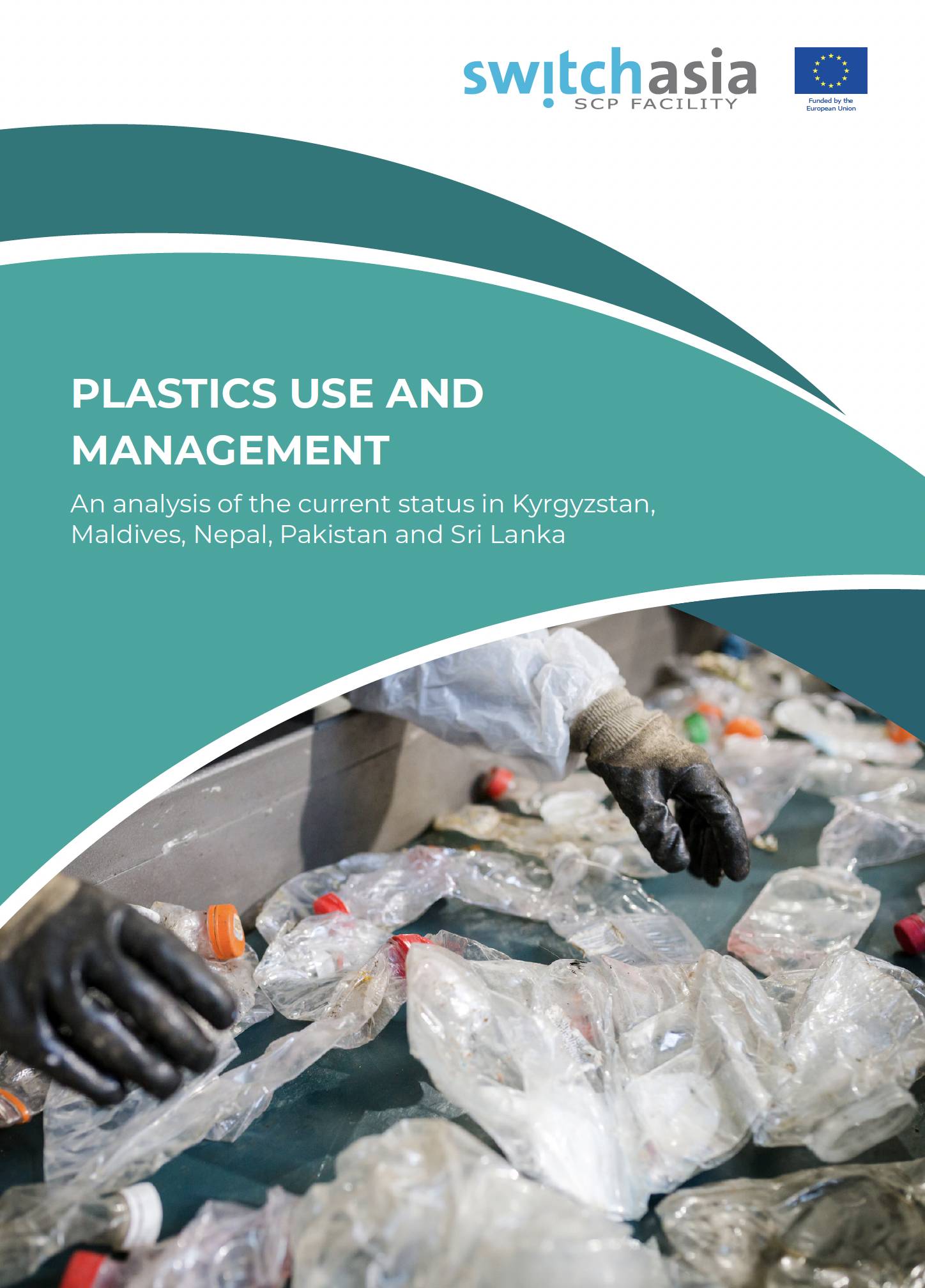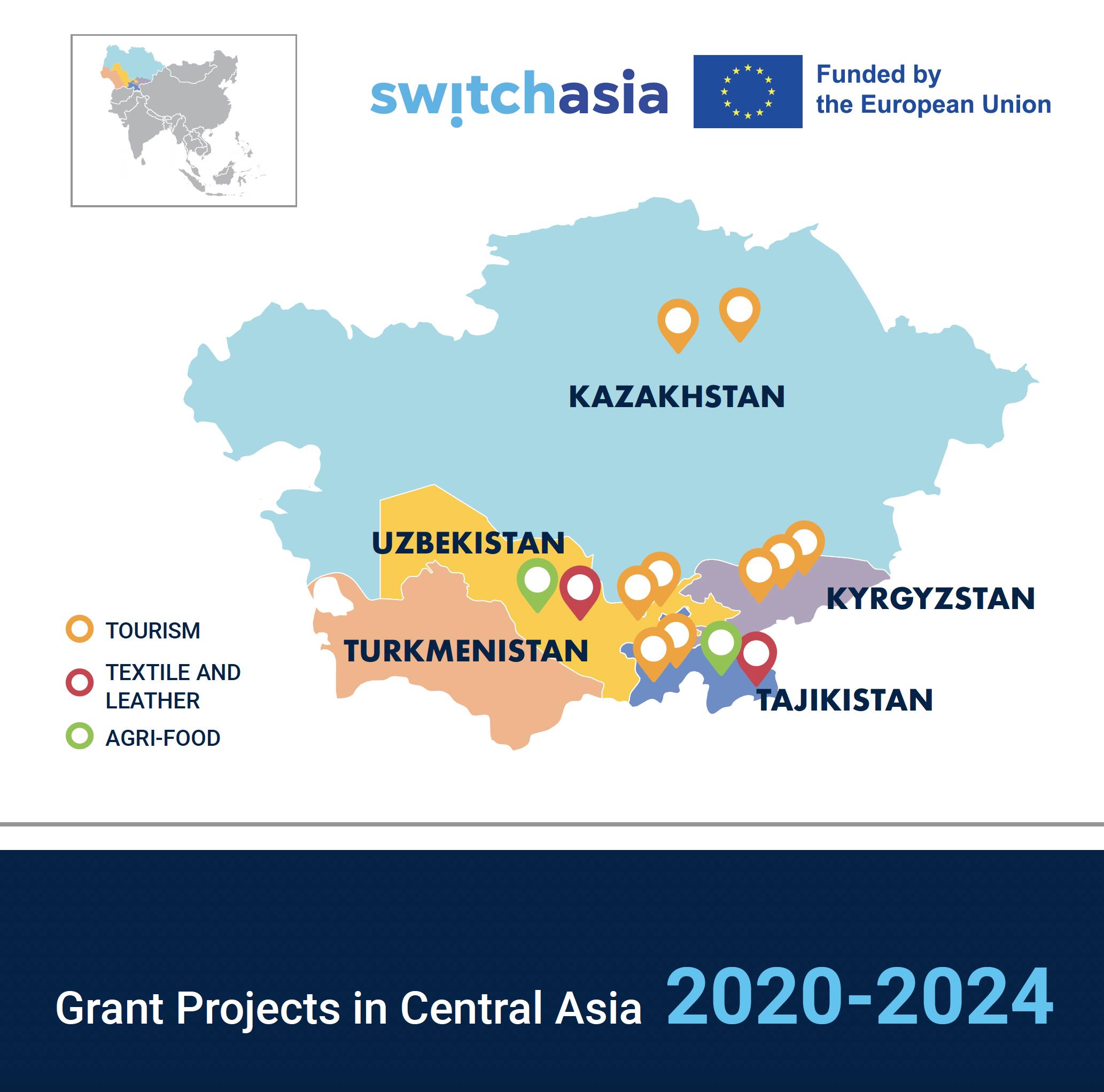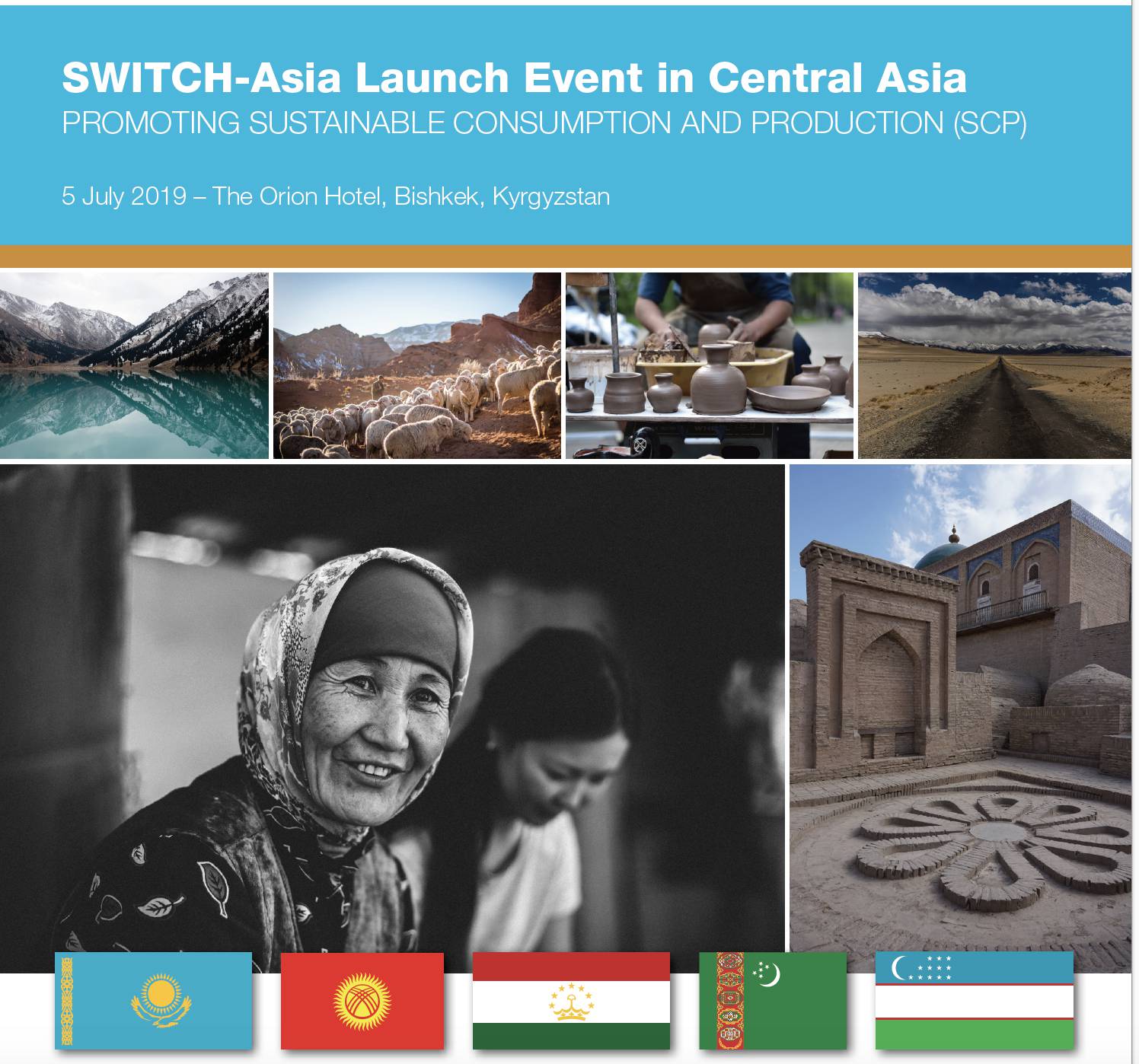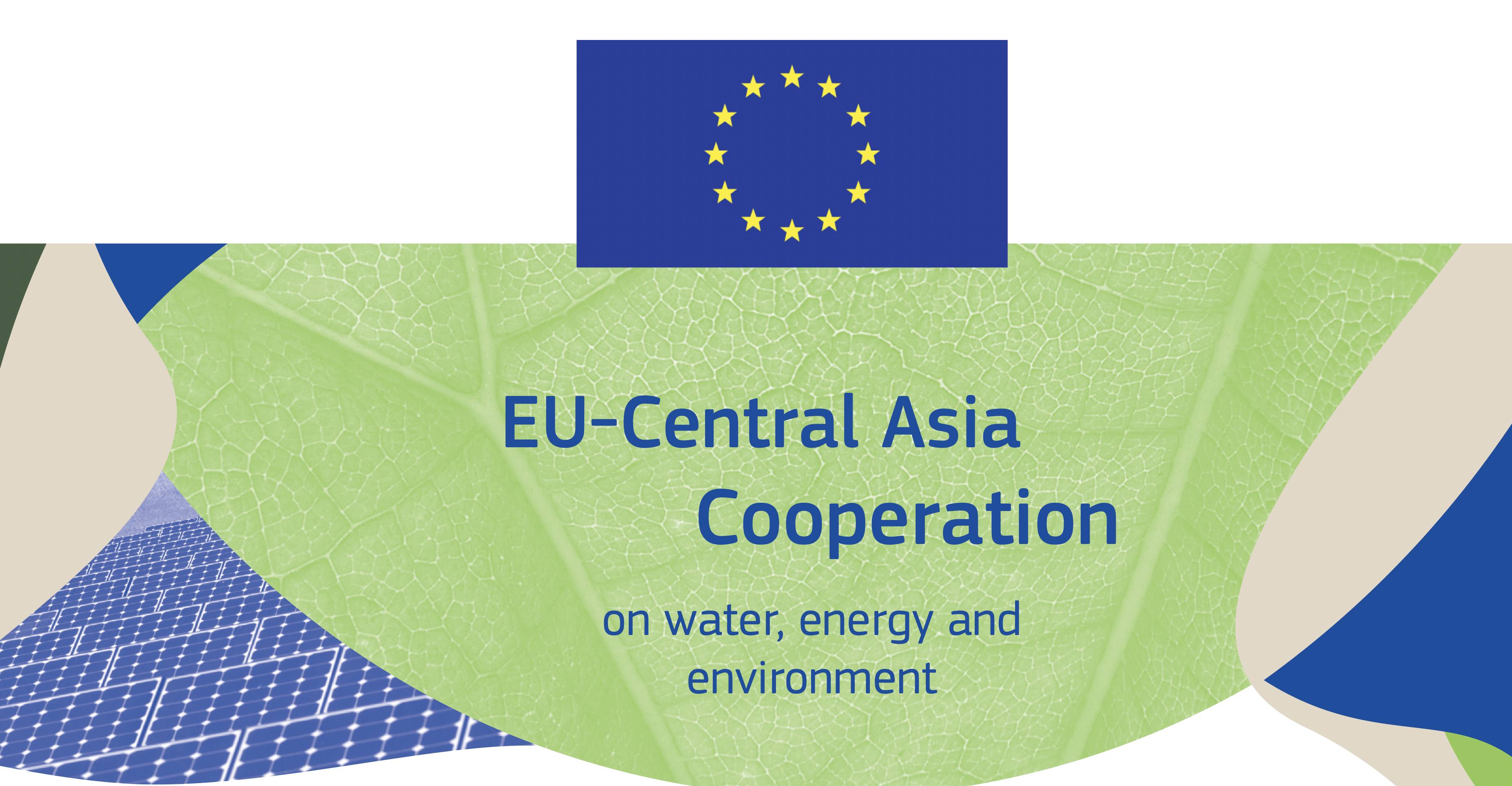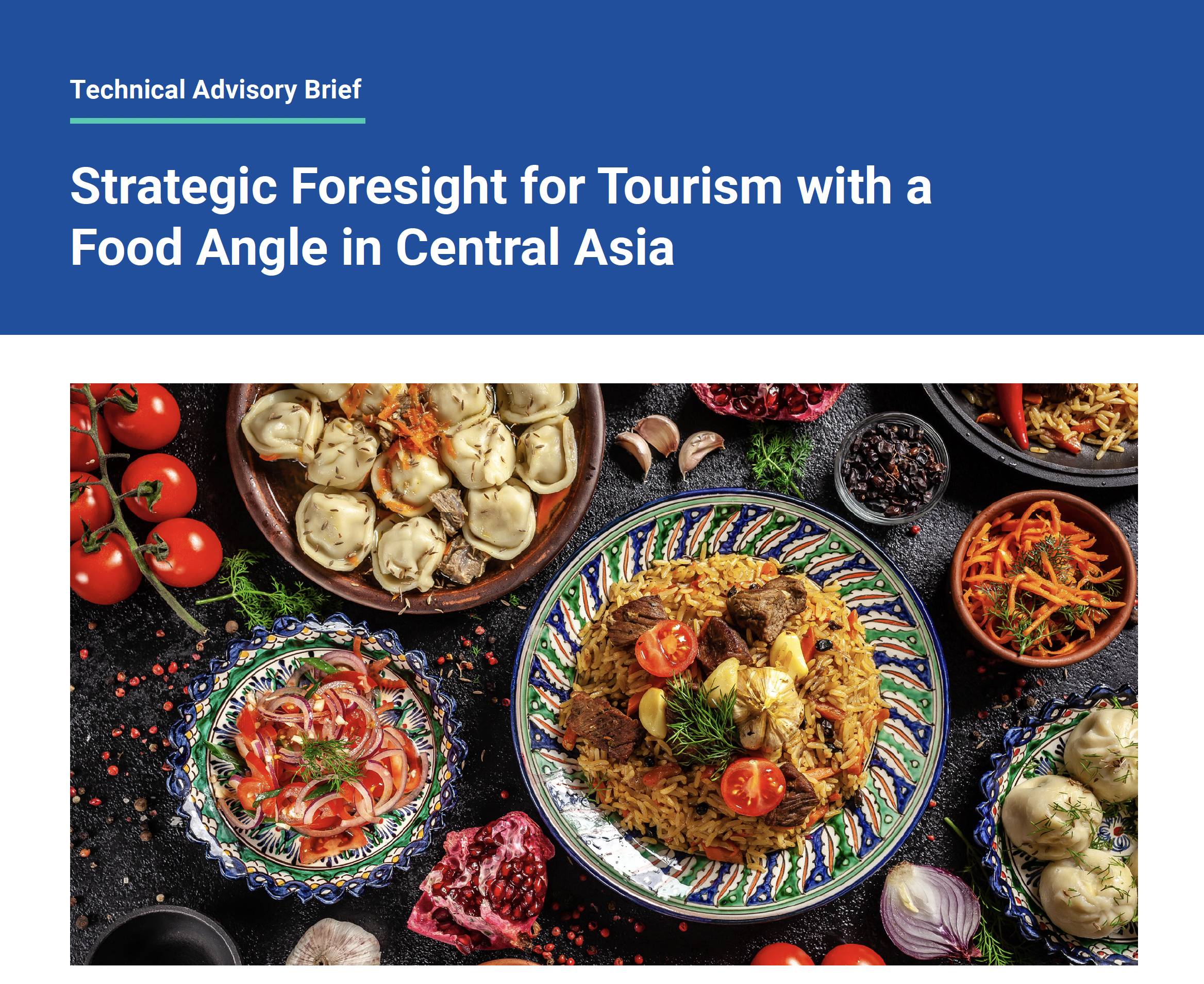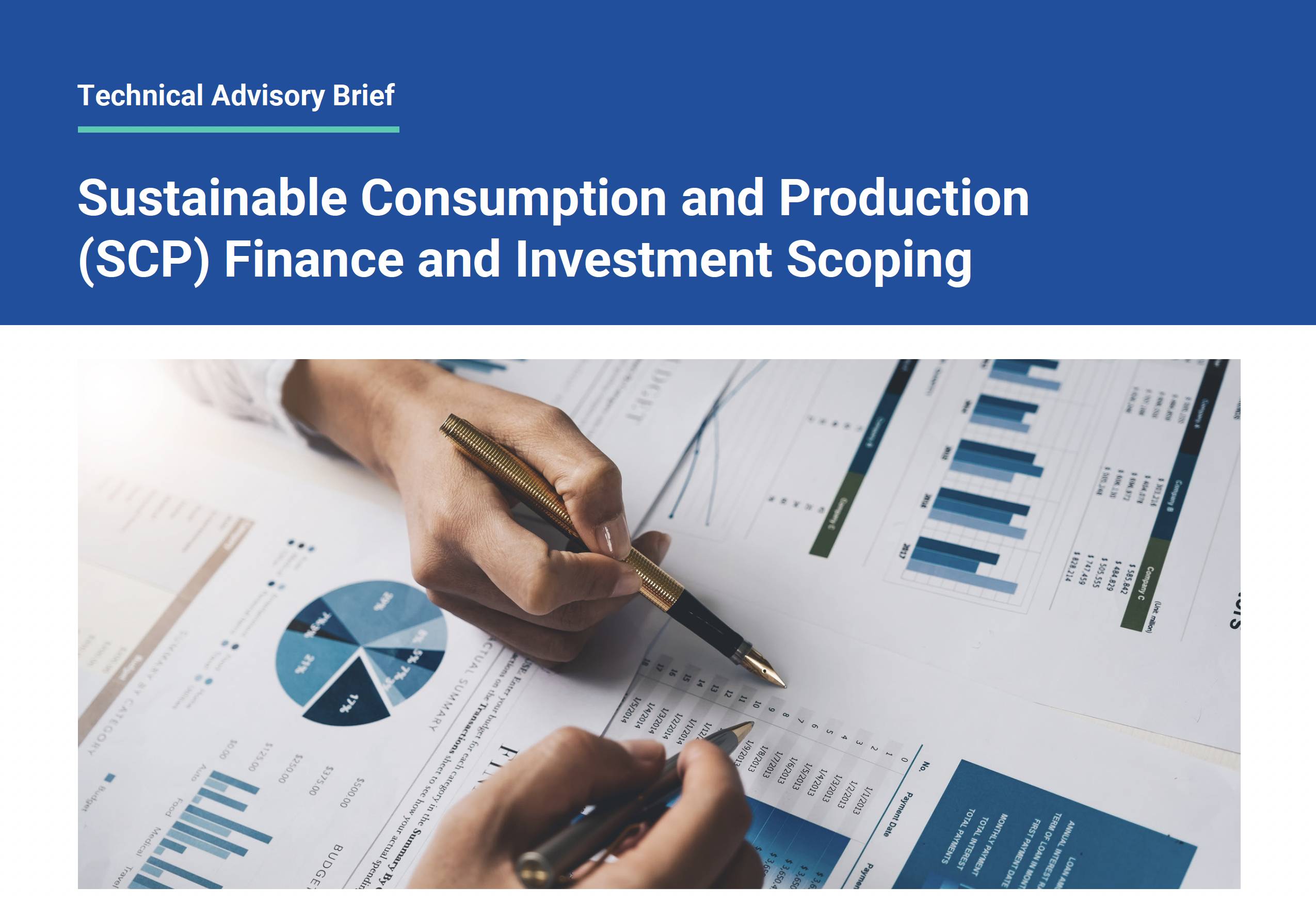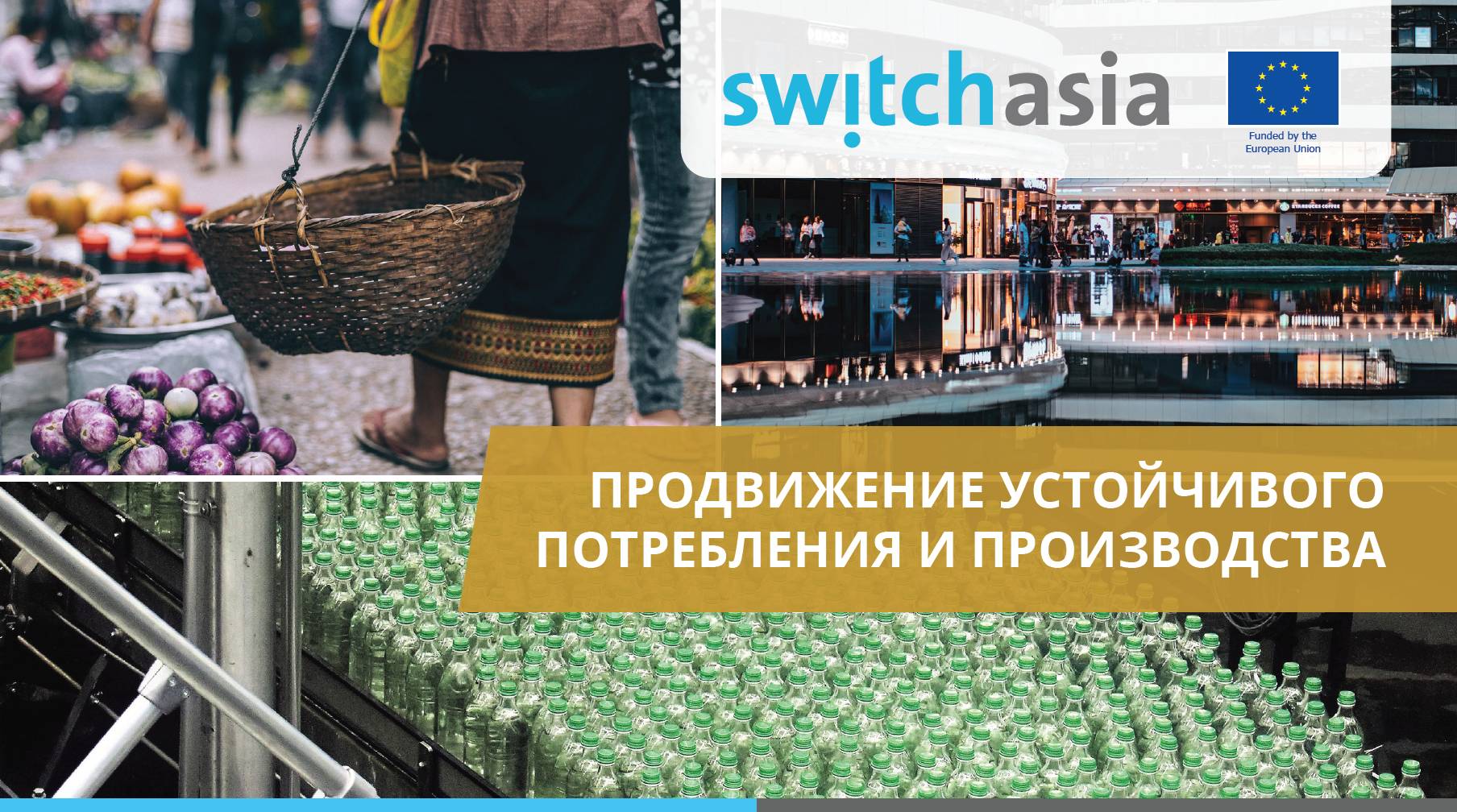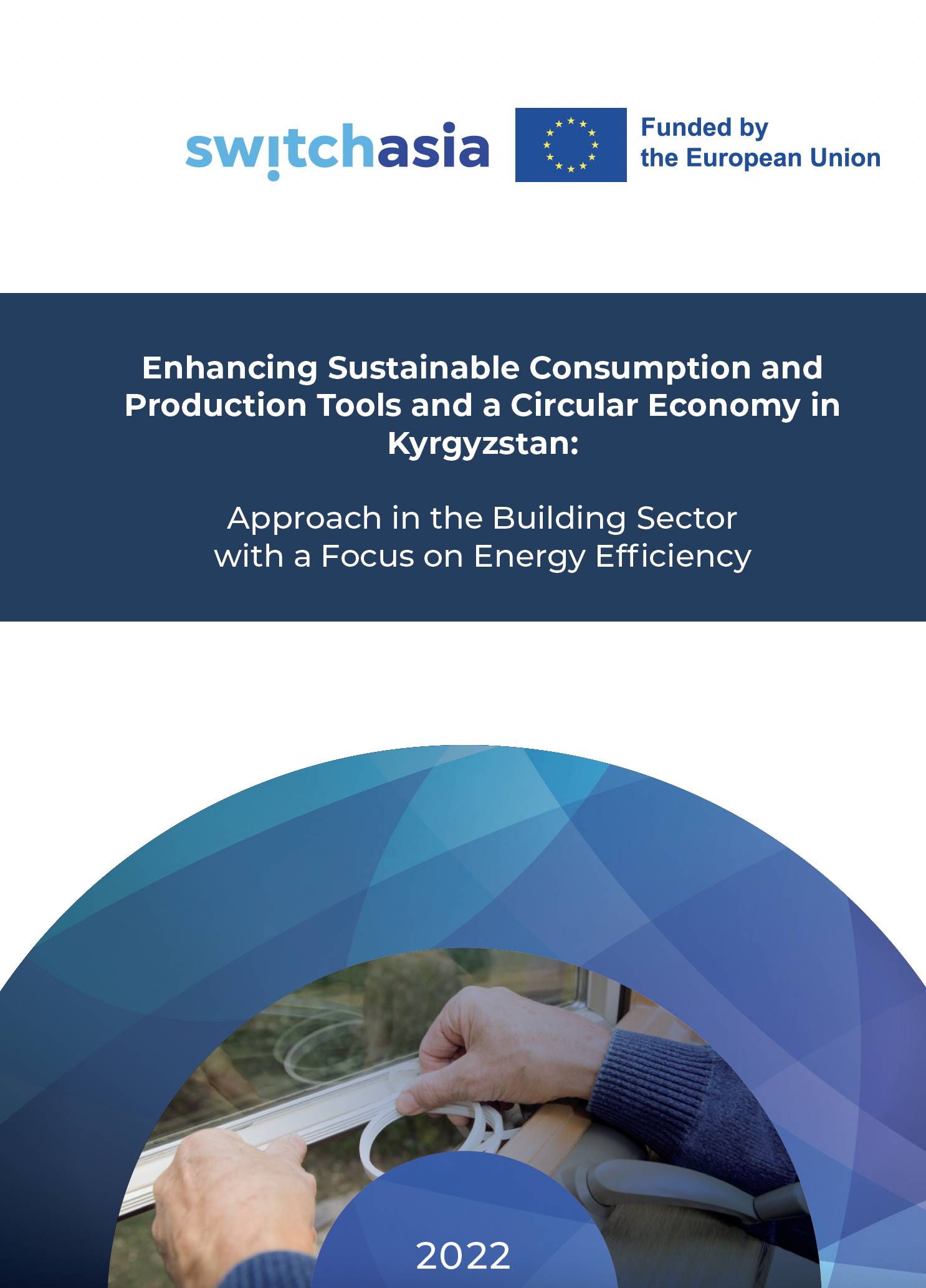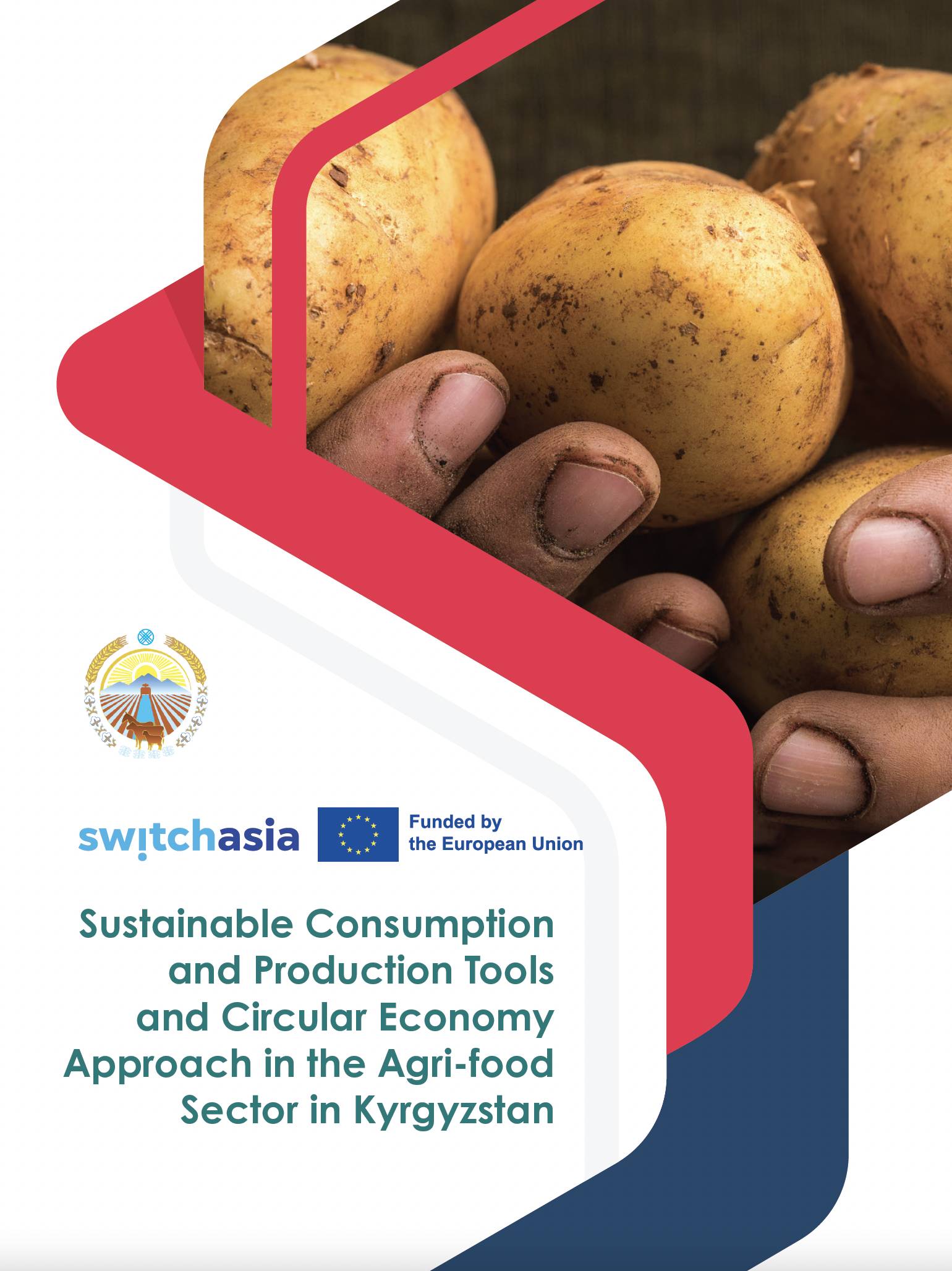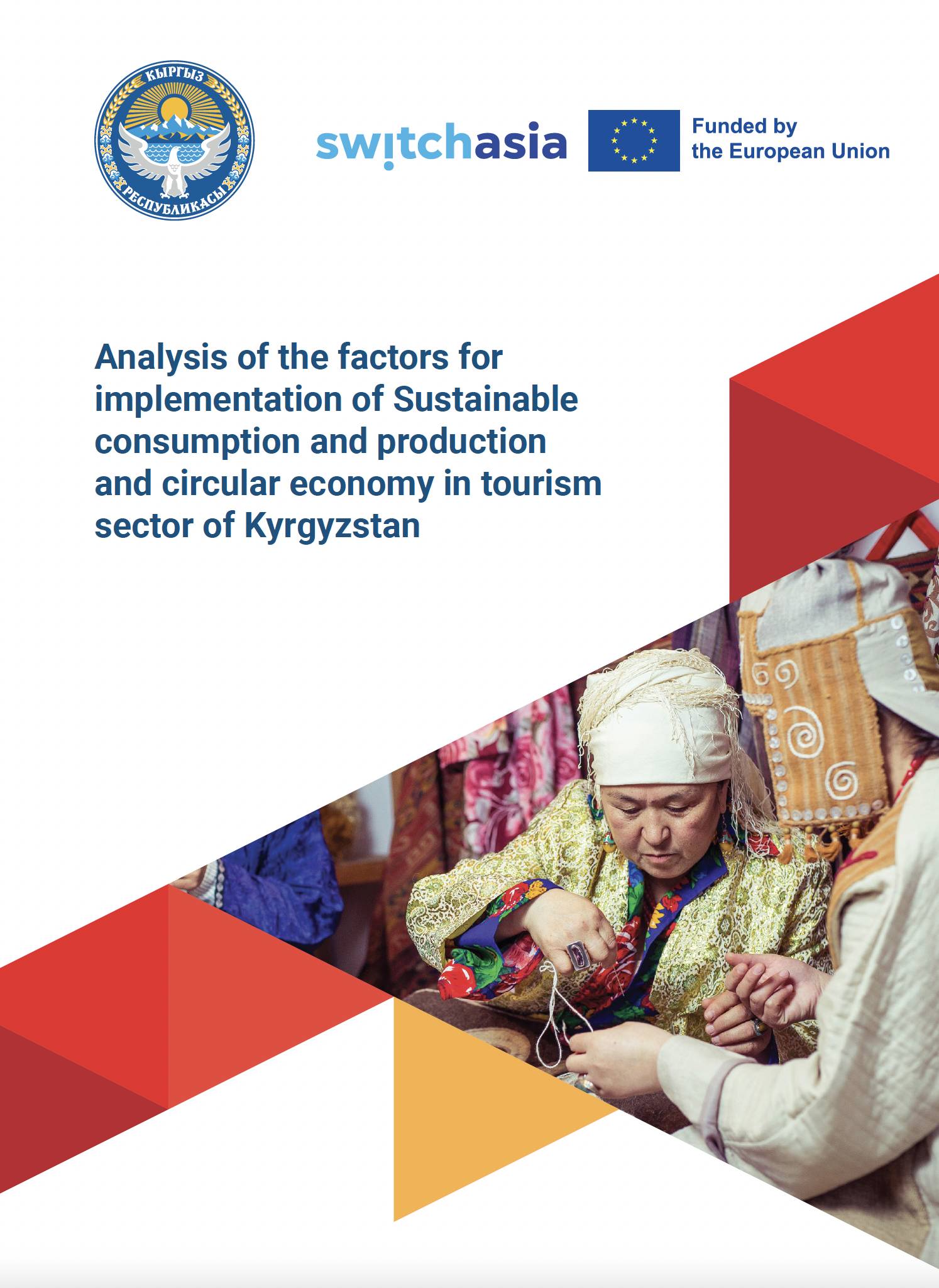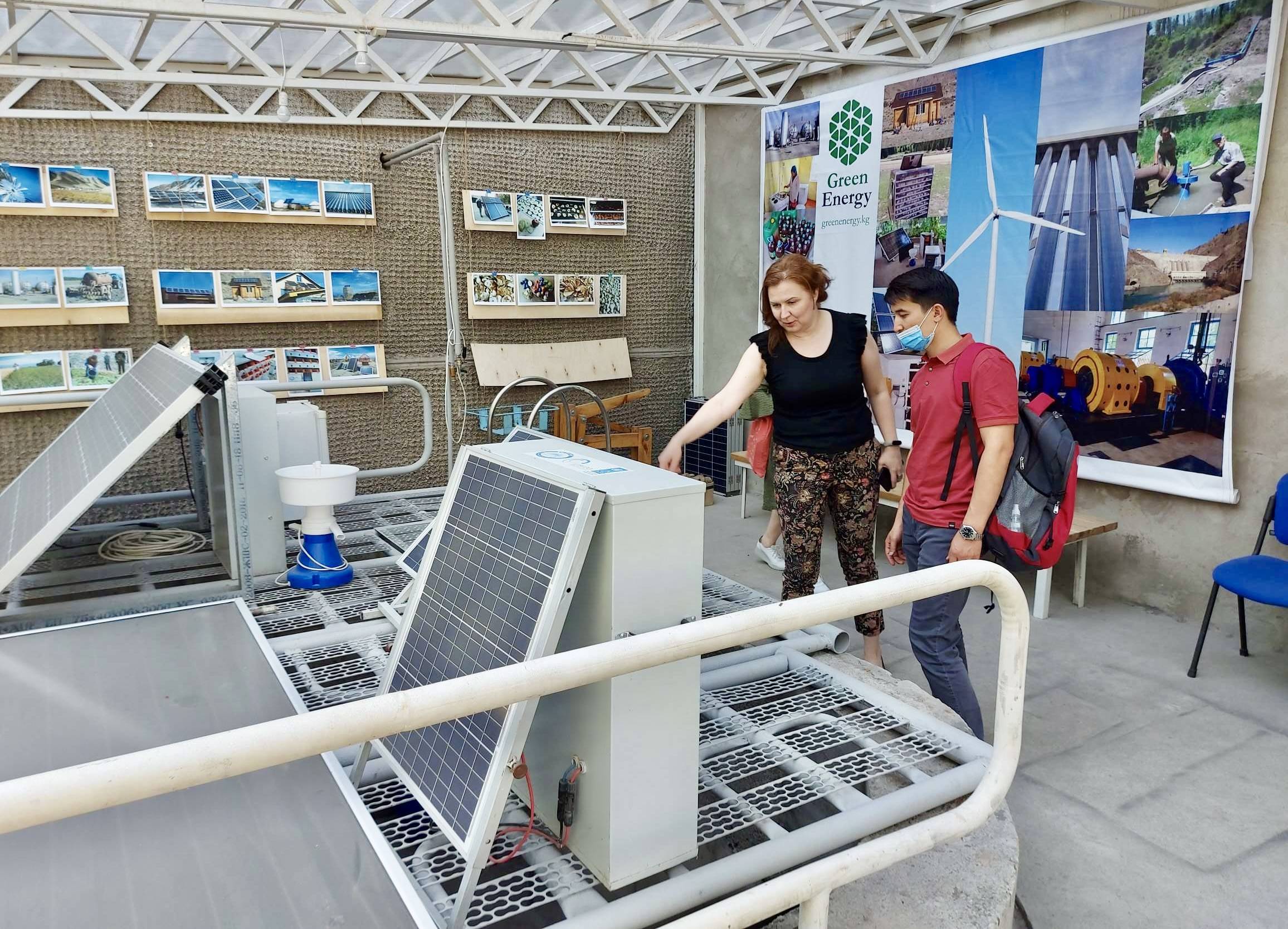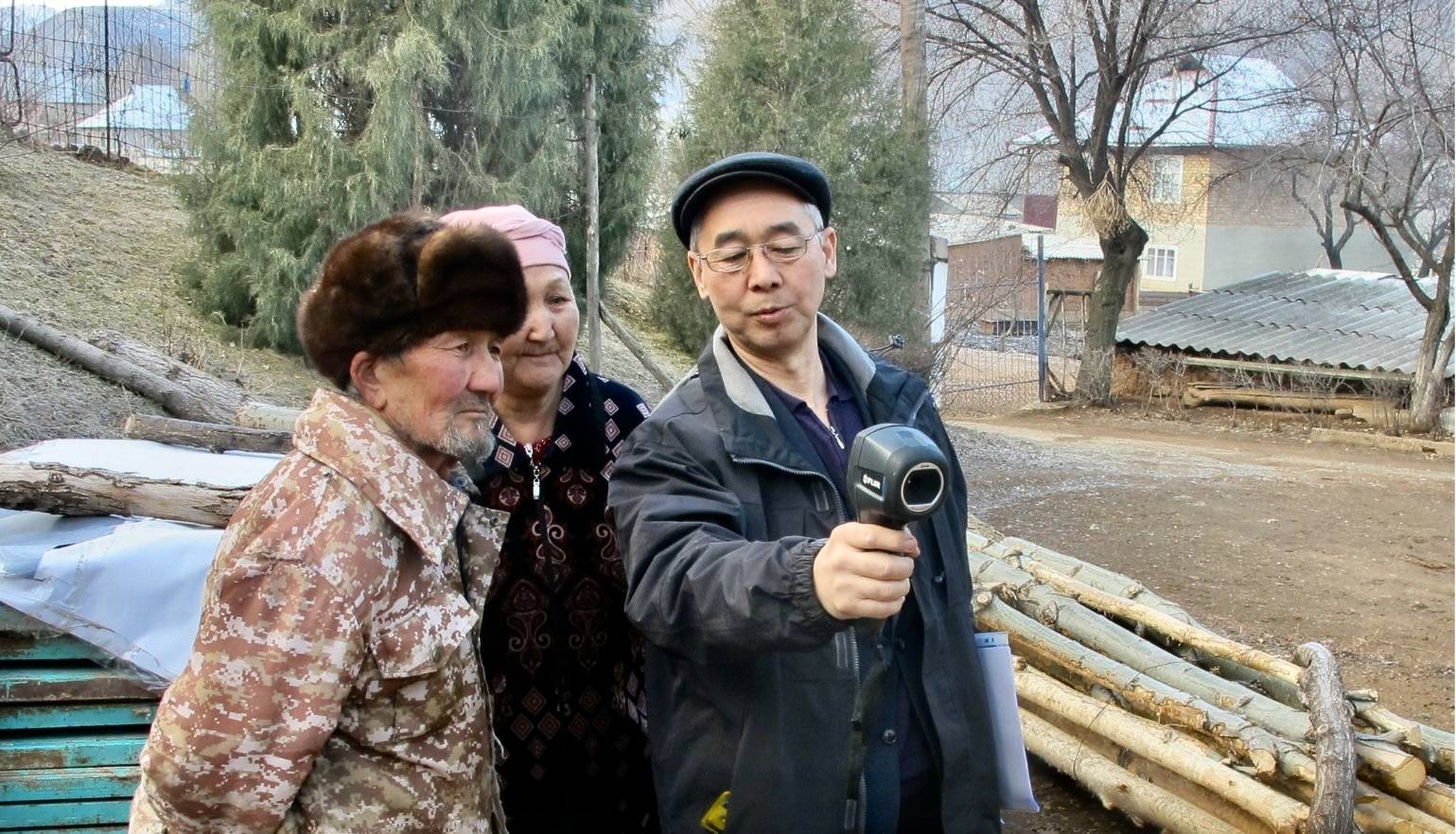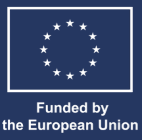
SCP Context
Kyrgyzstan, situated in Central Asia, has a land area of 200,000 square kilometres, ranking 87th globally. It has a population of 6.2 million, placing it 112th worldwide. The nation is landlocked and mountainous, with 94% of the population living at elevations above 1,000 metres. The average elevation is 2,750 metres, making it one of the highest countries globally. Most people reside in the foothills near Bishkek in the north and Osh and Jalal-Abad in the west.
Kyrgyzstan gained independence in 1991 following the dissolution of the USSR. In 2023, its GDP stood at nearly USD 14 billion, with a per capita GDP of USD 2,268 (real GDP, USD 6,400), categorising it as a lower middle income country. Inflation in recent years was between 10-13%, while economic growth was between 5,5% and nearly 9%. The economy is resource-rich, with hydropower, gold, rare earth metals, oil, and gas. Agriculture employs 63% of the population, though its contribution to GDP has dropped from 54.2% in 2017 to 14.6% in 2022.
Due to its geographic location and topography, the country is prone to natural disasters, including earthquakes, floods, and glacier lake outbursts, exacerbated by climate change. Since 1990, Kyrgyzstan has experienced 19 climate-related disasters, causing significant damages and displacement.
The energy sector is heavily reliant on fossil fuels, contributing to inefficiencies and high greenhouse gas emissions. Despite significant renewable energy potential, only 1% is utilised. Hydropower dominates electricity generation but is vulnerable to climate impacts, including glacier loss, which has reduced by 16% over 50 years. The European Bank for Reconstruction and Development rates the energy sector as one of the least efficient globally.
Efforts to address these challenges include the Kyrgyz Renewable Energy Development Project, funded by a $68 million World Bank loan and additional grants, aiming to expand hydropower and solar capacity. China’s Belt and Road Initiative is also a key investor, contributing $220.8 million in 2023. Renewable energy regulations introduced in 2020 aim to attract private investment, offering feed-in tariffs and other incentives. However, outdated infrastructure and rising energy demand underscore the need for foreign investments and sustainable solutions.
SCP policy perspectives
In Kyrgyzstan, the national ministries covering SCP related issues are the Ministry of Economy, the Ministry of Agriculture the State Agency of Environment, State Committee of Industry, Energy and Subsoil use, State Agency of Architecture, Building and Housing, among others. Existing measures related to SCP include the National Development Strategy of Kyrgyzstan till 2040, the Sustainable Development Strategy in Industry (2019-2023) and the Green Economy Development Programme (2019-2023) focusing on 7 priority sectors, including green energy, green agriculture, green industry, low carbon and environmentally friendly transportation, sustainable tourism, waste management, and green cities. Sector initiatives exist, including the tourism development strategy which places priority on the preservation of eco-systems as well as the mining industry development strategy that focuses on minimisation of environmental impacts and promotes investment into innovative technologies, low-waste and waste-free technologies for environmental management.
Recent SCP-relevant policy developments
In recent years, Kyrgyzstan has expanded its policy landscape related to sustainable consumption and production (SCP) and circular economy (CE). While most national and sectoral policies remain primarily strategic or framework-oriented, they increasingly acknowledge the relevance of CE and SCP approaches and provide entry points for their future integration. Key overarching instruments include the National Development Program and its Implementation Plan (until 2026), the updated Green Economy Concept (2023), and the National Industry Development Strategy. Important regulatory developments include the Law on Waste (2023), Extended Producer Responsibility Regulation (Decree No. 706), and public procurement reforms (Law No. 27 of 2022 and Decree No. 489 of 2023). A new Green Economy Program (2024–2028) and a national green taxonomy are under development.
Relevant sectoral policies—such as the Strategy for Light Industry Development (until 2026), the Tourism Development Program (2025–2030), and the Food and Processing Industry Program (2023–2027)—likewise reference SCP and CE objectives. In construction, frameworks like the Urban Planning Code, the Law on Architectural and Construction Activities, and updated building standards incorporate growing attention to energy efficiency and environmental performance. Together, these instruments offer a foundational basis for scaling up SCP and CE practices across key sectors.
These national-level frameworks are complemented by Kyrgyzstan’s active engagement with international sustainability platforms and climate agreements.
Connection to the Global Agenda
Kyrgyzstan has made notable progress in environmental policy. Key milestones include the presentation of "The Prospects of a Green Economy" at the Rio+20 conference in 2012 and the adoption of the National Development Plan (2013–2017), which emphasised sustainable development. In 2015, Kyrgyzstan joined the Pilot Program for Climate Resilience, linking climate finance to green and circular economy activities. By 2016, it became a member of the EU-supported Partnership for Green Economy (PAGE), which aided the development of green economy initiatives. The National Development Strategy (2018–2040), adopted in 2018, envisions a transition to a green economy, aiming for "negative CO2 emissions".
The Kyrgyz Parliament adopted the "Concept of Kyrgyzstan as a Green Economy Country," which serves as the overarching framework for the country’s green economy transition. This paved the way for programs such as the Sustainable Development Strategy in Industry (2019–2023) and the Green Economy Development Programme (2019–2023), which target sectors such as green energy, sustainable tourism, and waste management. In 2020, the Coordination Council on Green Economy and Climate Change was established, and in 2021–2022, multi-stakeholder consultations on sustainable consumption and production were held, supported by the EU-SWITCH-Asia SCP Facility. These efforts reflect Kyrgyzstan’s alignment with the Paris Agreement and the Sustainable Development Goals, showcasing its commitment to sustainable development and climate resilience.
In 2020, a Coordination Council on Green Economy and Climate Change was formed to merge coordination on climate change and green economy, with the Climate Finance Centre as its Secretariat.
In its Voluntary National Review for 2020, Kyrgyzstan provided a detailed overview of results against targets of SDG12. The main elements of the strategy for the transition to rational consumption and production models (target 12.1) are reflected in the Green Economy Development Program in the Kyrgyz Republic for 2019–2023 which is aimed at promoting sustainable development by taking into account the principles of a green economy. The follow-on VNR is updated and presented in 2025.
A key solution to Climate Change
The Kyrgyz Republic ratified the Paris Agreement in 2019, reflecting its commitment to global climate action. While the country does not yet have a comprehensive climate change strategy, it has enacted laws addressing energy efficiency, renewable energy, emissions regulation, and land use policies. In 2021, Kyrgyzstan submitted its updated Nationally Determined Contributions (NDC), which outline its goals for reducing greenhouse gas emissions and adapting to climate change. The NDCs include a target of achieving carbon neutrality by 2050 and serve as the primary framework for implementing mitigation and adaptation measures.
At a National Forum on Climate Change in 2023, government representatives, private sector stakeholders, and international development organisations. The forum focused on raising awareness of climate challenges within Kyrgyzstan and the broader region, while also developing strategies for adaptation and mitigation. Discussions centred on accelerating the transition to clean energy, reducing emissions by 2030, transforming climate finance to unlock new funding opportunities, and ensuring that climate actions prioritise both people and the environment.
It also included a roadmap for achieving carbon neutrality by 2050 and revisions to national climate policies. These recommendations were aligned with Kyrgyzstan’s broader climate commitments and were presented at COP28 in Abu Dhabi. At COP-29, Kyrgyzstan committed to updating its NDCs by 2025 with enhanced adaptation measures and funding mobilisation. Highlighting biodiversity efforts, Kyrgyzstan shared successes in reforestation and sustainable agriculture and presenting a new glacier flow monitoring system. Additionally, it proposed a Nature Conservation Trust Fund to attract resources for biodiversity protection and sustainable development.
The overall mitigation goal in Kyrgyzstan’s current NDC is to reduce unconditionally greenhouse gas (GHG) emissions by 16.63% by 2025 and by 15.97% by 2030 from “business as usual” levels. However, should international support be provided, these goals would be increased to a reduction of 36.61% by 2025 and 43.62% by 2030. Even though the country is a relatively low emitter of greenhouse gases, the targets are ambitious. The NDC identifies adaptation measures in the agriculture and water sectors as one of the highest priorities for the country. Efficient water management underpins enhanced water governance, which is essential for the country’s energy and agricultural productivity. In agriculture, introducing water-saving smart technologies would reduce stress on diminishing water resources. Strengthening climate-resilient practices in crop production and livestock breeding would reduce losses in agriculture from the impact of climate change.
Priority sectors
The key sectors for reorienting the economy towards sustainable production and consumption are agriculture (including the processing industry), water resource management, industry, tourism, waste management, and energy.
The agri-food sector's transition to circular practices enhances resource efficiency, reduces waste, and promotes sustainable farming, which is vital for food security in a predominantly agricultural economy. Eco-tourism is a key driver of the economy, promoting community-based tourism while supporting environmental conservation and cultural preservation. In the industrial sector, upgradation and modernising of facilities is required for improved material, water, and energy efficiency. Integrating waste management with a circular economy approach ensures the safe handling of chemicals and reduces environmental pollution throughout the product lifecycle, aligning with global sustainability goals. Promoting responsible consumption behaviours and supporting green procurement and eco-labelling programmes encourage businesses and consumers to adopt environmentally friendly practices, enhancing market demand for sustainable products.
Lastly, improving energy efficiency in construction and housing reduces energy waste and greenhouse gas emissions, addressing the country's reliance on fossil fuels and updating its energy infrastructure.
These sectoral priorities are already being reflected in a growing number of private initiatives across the country.
Private Sector Initiatives
Several emerging private sector initiatives in Kyrgyzstan are contributing to the implementation of SCP and circular economy practices. These include textile reuse and upcycling businesses, eco-oriented tourism operators, and sustainable agri-food enterprises. For example, small companies such as BASHTA and Oychul.kg create upcycled fashion and home accessories from textile waste, while Alma Villa and Sunny Beach resorts have introduced energy-saving technologies and waste reduction practices. In the agri-food sector, EcoFarm integrates organic farming, drip irrigation, and composting to improve resource efficiency.


